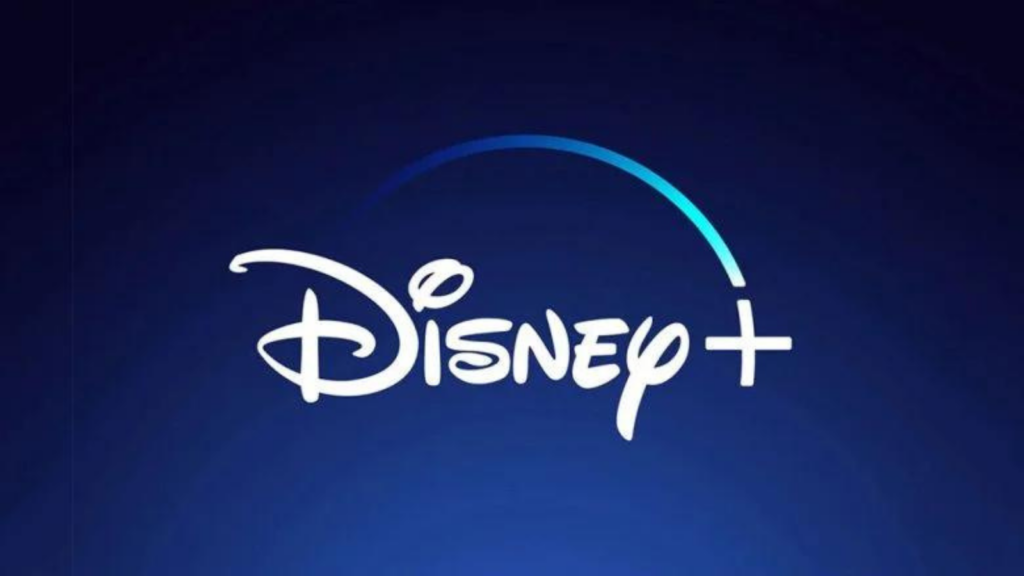The 1980s, a golden era for sci-fi cinema, gave birth to some of the most iconic films that still resonate with audiences today. From dystopian futures to alien invasions, the 80’s sci-fi movies decade was a playground for imaginative storytelling, groundbreaking special effects, and unforgettable characters.
These films didn’t just entertain. They challenged perceptions, pushed technological boundaries, and left an indelible mark on pop culture. This article delves into the world of 80’s sci-fi movies, exploring their impact and the enduring legacies they’ve left behind. So, buckle up and prepare for a nostalgic journey back to a time when sci-fi truly ruled the big screen.
80’s Sci-Fi Movies
Pioneering Visual Effects
 The 80’s sci-fi movies stand synonymous with pioneering visual effects. It united traditional methods like miniatures and matte paintings with emerging techniques, for instance, computer-generated imagery (CGI). The film “Tron” (1982) serves as a prime example, being one of the earliest movies to extensively employ CGI.
The 80’s sci-fi movies stand synonymous with pioneering visual effects. It united traditional methods like miniatures and matte paintings with emerging techniques, for instance, computer-generated imagery (CGI). The film “Tron” (1982) serves as a prime example, being one of the earliest movies to extensively employ CGI.
Significant evolution characterized the themes and narratives of 80’s sci-fi movies. These films started exploring complex concepts like artificial intelligence, time travel, and dystopian futures. “Blade Runner” (1982), for instance, delved into the implications of AI, while “Back to the Future” (1985) popularized time travel narratives.
Iconic 80s Sci Fi Movies
The decade’s flair for compelling narratives and innovative technology became iconic in the realm of sci-fi cinema. We delve deeper into some memorable tales that stirred viewers during the 80s, reflecting hallmark technical advancements and storytelling nuances.
Blade Runner: A Tech-Noir Revolution
Hitting the silver screen in 1982, “Blade Runner” skillfully blended science fiction with film noir. This groundbreaking tech-noir cinematic piece presented a future rife with advanced technology, yet stylized in retro aesthetics. Coupling gritty cityscapes and rainy atmospheres with synthetic humanoids, it sparked introspective questions about identity and humanity.
E.T. the Extra-Terrestrial: Redefining Family Sci-Fi
Launched in 1982, “E.T. the Extra-Terrestrial” redefined family-friendly sci-fi. This heart-warming tale of an alien stranded on Earth encapsulated Spielberg’s signature blend of human drama and fantastical elements. With its focus on empathy, friendship, and inter-species bonding, it offered a softer, more emotional side to the traditional science fiction narrative.
Influential Directors of the 80s
Ridley Scott and the Dystopian Future
 Director Ridley Scott made waves with the release of “Blade Runner” in 1982. Scott’s vision of a gloomy future combined with a soul-searching narrative pushed boundaries, making him a significant influencer in 80s sci-fi.
Director Ridley Scott made waves with the release of “Blade Runner” in 1982. Scott’s vision of a gloomy future combined with a soul-searching narrative pushed boundaries, making him a significant influencer in 80s sci-fi.
On the other hand, Steven Spielberg, with his film “E.T. the Extra-Terrestrial,” painted a charming canvas of alien encounters. Spielberg’s whimsical, heartwarming storytelling made his films an unforgettable part of the 80s sci-fi domain.
Technological Advances Behind the Scenes
Building upon advancements in narrative and visual effects, 80s sci-fi movies were equally innovative behind the scenes. Key developments were Practical Effects and Computer-Generated Imagery.
The Role of Practical Effects
Practical effects played an intrinsic role in 80s sci-fi. Examples are Scott’s “Blade Runner” flying cars and Spielberg’s “E.T” lifelike extraterrestrials, designed using realistic models and miniatures, enhancing viewers’ immersion.
Breakthroughs in Computer-Generated Imagery
Computer-Generated Imagery (CGI) marked a significant breakthrough, drastically changing filmmaking. As depicted in “Tron” (1982), where CGI was used extensively, the technology allowed for stunningly fantastical and immersive worlds previously inconceivable.
A Nostalgic Journey
 The 80s were indeed a golden era for sci-fi movies. It’s the decade that introduced us to ground-breaking visual effects and complex narratives that continue to inspire filmmakers today. It’s when directors like Ridley Scott and Steven Spielberg pushed boundaries and redefined the genre. It’s when movies like “Blade Runner” and “E.T. the Extra-Terrestrial” set new standards for storytelling, blending compelling narratives with innovative technology. It’s when practical effects and CGI came together to create immersive experiences that captivated audiences worldwide. So, while we’ve seen many advancements in the 80’s sci-fi movies cinema, the influence of this decade remains undeniable. The 80s didn’t just shape the future of sci-fi movies – they shaped our understanding of what’s possible in storytelling. And for that, they’ll always hold a special place in the history of cinema.
The 80s were indeed a golden era for sci-fi movies. It’s the decade that introduced us to ground-breaking visual effects and complex narratives that continue to inspire filmmakers today. It’s when directors like Ridley Scott and Steven Spielberg pushed boundaries and redefined the genre. It’s when movies like “Blade Runner” and “E.T. the Extra-Terrestrial” set new standards for storytelling, blending compelling narratives with innovative technology. It’s when practical effects and CGI came together to create immersive experiences that captivated audiences worldwide. So, while we’ve seen many advancements in the 80’s sci-fi movies cinema, the influence of this decade remains undeniable. The 80s didn’t just shape the future of sci-fi movies – they shaped our understanding of what’s possible in storytelling. And for that, they’ll always hold a special place in the history of cinema.


